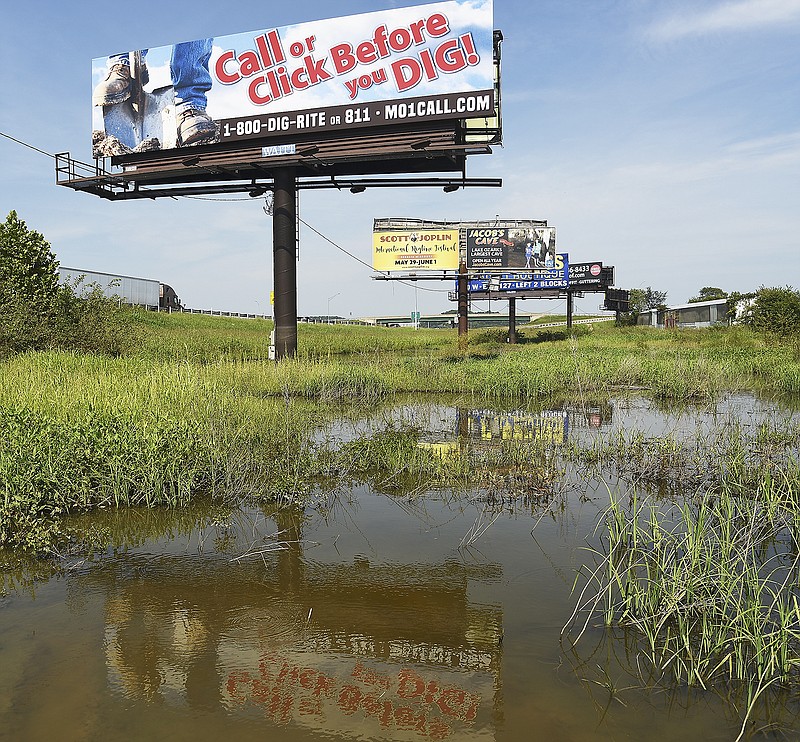Releases from U.S. Army Corps of Engineers dams on the upper Missouri River will remain at above-normal levels through late fall, Corps officials announced Monday.
The reason for the continued high release levels: Widespread and heavy rainfall in the upper Missouri River basin above Sioux City, Iowa, resulted in another month of above-average runoff in August.
Precipitation during August was more than 150 percent of normal in eastern Montana, portions of North Dakota, much of South Dakota and Nebraska. As a result, the Fort Randall Dam and Gavins Point Dam reaches experienced their wettest Augusts on record.
"As a result of the high reservoir levels and the forecasted above-average runoff for the remainder of the summer and fall, releases from all system projects will be much above average for the next several months, and possibly as late as November, to ensure evacuation of all stored flood waters prior to the start of the 2020 runoff season," said John Remus, chief of the Corps of Engineers Missouri River Basin Water Management Division. "Water releases from Gavins Point Dam are currently 70,000 cubic feet per second, which is nearly twice the average release for this time of the year."
Standing water remains on the north side of the river in Jefferson City, where the ground is saturated and some of the water is not dissipating as additional rainfall replenishes any water that has evaporated.
"We have not received any health concerns regarding the standing water in North Jefferson City," Jefferson City Environmental Health Manager David Grellner said. "Since July we have been proactively treating/monitoring the stagnant water in North Jefferson City for mosquito breeding habitat and have been spraying for mosquitoes periodically in the area. We plan on continuing this practice until cold weather season."
As of Monday, the Missouri River in Jefferson City was at 20 feet and was forecast to fall to 18 feet by Saturday and stay there through next week.
Also Monday, the National Weather Service in St. Louis released its long-range outlook for the Missouri River Basin, which shows, based on current river levels and historical rainfall trends, 55 points along the river - including Jefferson City - had a greater than 50 percent chance of flooding conditions from September through November.

